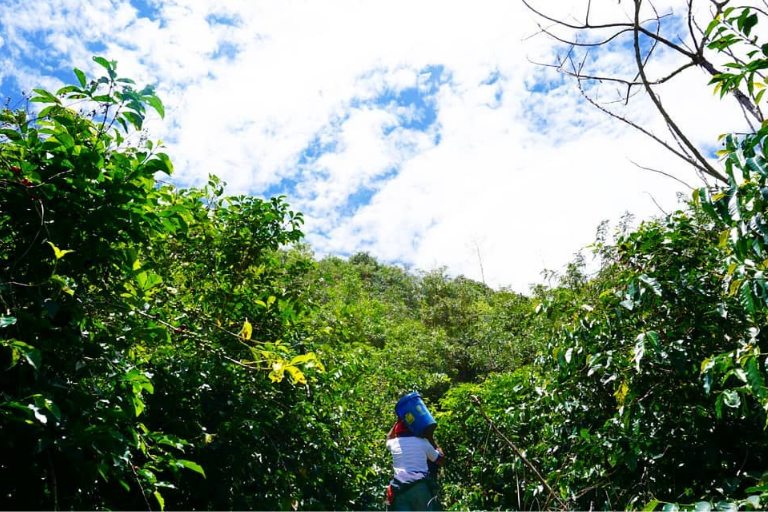Fascinating Facts About the Coffee Plant and Its Beans That Will Surprise You!
By Tyler Workman

How much do you really know about the coffee plant? In my last blog, I talked about the roasting process and some very interesting information about what makes coffee roasting such a unique experience. Now, I would like to share with you some fascinating facts about coffee plants that are just too fun to pass up!
More and more, we continue to emphasize the importance of knowing where our products come from and how they’re made, and I truly believe that having a deeper understanding of coffee can only result in an enhanced appreciation for the drink we all love so much…and for the people who grow it.
If you read the last blog, you know that what we call the coffee bean is the roasted seed of the coffee fruit. Yes, coffee is a fruit and not a legume, even though we refer to its seed as a “bean” due to its shape. The coffee fruit is commonly known as a “coffee cherry” because the fruits resemble cherries when they are ripe (most coffee varieties produce red fruits). Coffee cherries typically take 6 months to ripen before they can be harvested, and although you may think that is a long time to wait before you can harvest the fruit, it may surprise you to know that on average, it takes between 3–4 years for a coffee plant to bear its first fruit. That alone is about a 4–5-year commitment before a coffee producer can start seeing some return on investment.

If only time was the sole factor to consider! However, weight is also of great consideration to roasters and producers alike. During the roasting process, coffee will lose about 15–20% of its weight due to moisture loss, which must be accounted for by roasters when purchasing and roasting coffee. In the roasting machine, one pound of green coffee in does not equal one pound of roasted coffee out. This is also critical for coffee producers because on average, you need 5 pounds of coffee cherries to obtain 1 pound of roasted coffee—and if you are wondering how many cherries equal 5 pounds, that number is about 2,000!
Coffee trees are evergreen plants that produce white blossoms, and they can live for over 50 years—although some of them have been recorded to live as long as 100 years! If you have ever seen a picture of a coffee tree filled with fruit, the impression you get is that they produce a lot of fruit. Relatively speaking, this is true, but the production is very small when you contrast it to the amount it takes to make a pound of roasted coffee. A coffee tree, on average, yields 5–10 pounds of coffee cherries per year, which equals 1–2 pounds of roasted coffee. The average coffee bag size is 12–16 oz., so 2 of these bags are approximately the whole production of a coffee tree in a year. When we add up the number of coffee bags we go through in a year (which typically is 10–12 bags for a regular coffee drinker), it really puts our coffee consumption into perspective!

Now, what would you guess is the number of coffee seeds (beans) inside a coffee cherry? Answers will vary, but most people would likely say one. Despite this misconception, there are normally two coffee beans inside each coffee cherry. On occasion, however, due to a natural mutation, there may only be one. This coffee bean, which is smaller and rounder than a regular coffee bean, is commonly known as a peaberry, and I encourage you to take a look at your whole beans next time you purchase some. Chances are, you will find a few peaberries in your bag! Sometimes, peaberries are specifically sought after as some coffee drinkers believe that they add different characteristics to the cup, and there are some coffee companies that offer specialty bags featuring only peaberry coffee.

As you can see, there are some pretty cool things about the coffee plant and its beans that make it so unique! Of course, there are many more facts that I have not covered in this blog that I plan to share later in my series. In the meantime, however, I hope that through this blog, your knowledge base about coffee has grown, and—like it has for me—your appreciation for this drink has also grown that much more!


1 comment
Very interesting Mr Kaha, once again I have learnt something. I never knew about peaberries.
Great blog. Thank you.